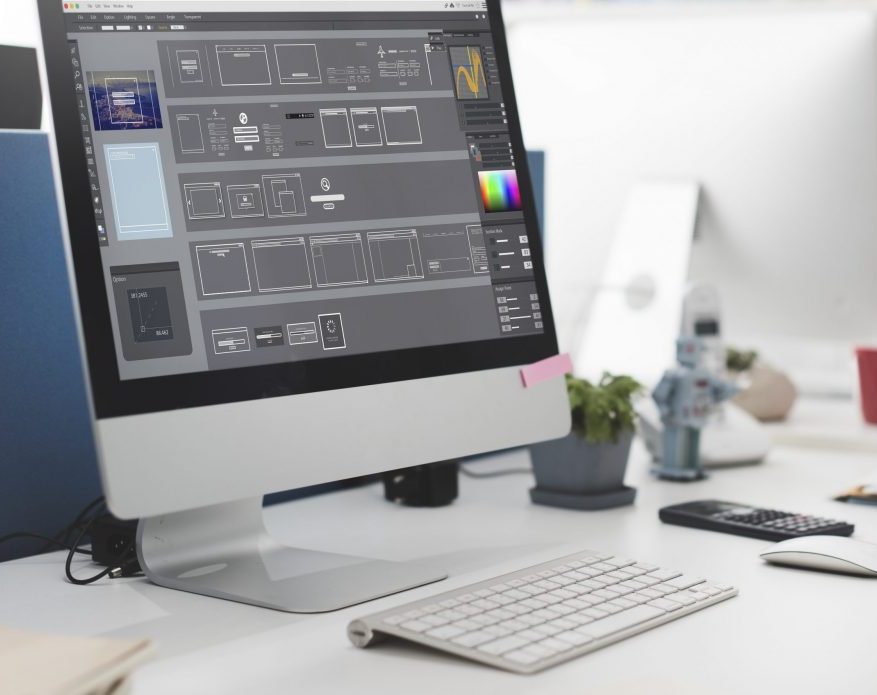The six main design principles that apply to any piece of graphic design.
The principles of graphic design suggest how a designer can best arrange the various elements of a page layout in connection to the overall graphic design and to each other. How these principles are applied determines how effective the design is in conveying the desired message and how attractive it appears.
Balance
Generally, visual balance comes from arranging the elements so that no section outweighs another. Sometimes elements are thrown out of balance to give emphasis or create a certain mood.
Proximity / Unity
The relationship between people or elements in a design is affected by proximity. How close or far apart elements are, suggests a relationship or lack of a relationship with each other. Unity can be created by using a third element to connect distant parts. Are all the title elements together? Is contact information altogether? Are all related elements together? In design proximity or closeness creates a bond or a link.
Alignment
Alignment brings order to the design. How type and graphics are aligned on a page and in relation to each other makes the layout easier or more difficult to read. Has a grid been used? Is there a common alignment? RHS, LHS, centred? Does the alignment aid or hinder readability? Has it been done with a specific goal in mind?
Repetition / Consistency
Repeating design elements and consistency of style shows a reader where to go and helps them navigate the design. Do the page numbers appear in the same place from page to page? Are headlines consistent in size style, and placement? Is the style consistent throughout?
Contrast
In design, big and small elements black and white text and graphics all create contrast. Contrast helps different elements stand out. Does the design have enough contrast? Is there enough contrast between text and background for it to stand out and be readable? Are the more important elements, headlines, and calls to action contrasting enough to stand out?
White space
Finally, designs that cram too much into a small space feel uncomfortable and become confusing and difficult to read. White space gives the design breathing space. When designing try to ask yourself; Is there enough space between columns of text? Does the text sit clear of the graphics? But beware of too much white space because the elements will seem to float on the page.
Excellent graphic design will have all these elements in place producing pleasing and effective designs. Designs that excite the reader and re-enforce the message and branding of the business being portrayed.
For more information on graphic design and how you can get the best results, contact us or call us on 01455 557766




